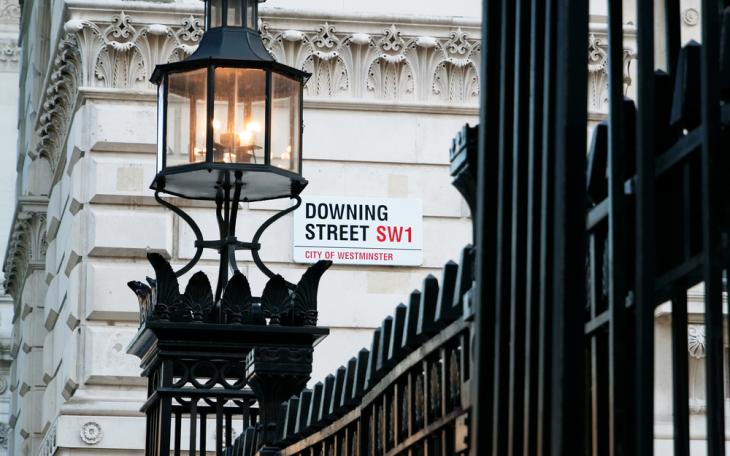PM asks for time, but is it borrowed?

A day that started with rumours of a full mea culpa from the Prime Minister ended with Cabinet manoeuvrings, more of his MPs publicly calling for him to go, and an extraordinary rupture with the Scottish Conservatives. If Boris Johnson’s daunting challenge before yesterday’s PMQs was to try - once again - to take the sting out of allegations of rule breaking in Downing Street, he failed.
While the Prime Minister will certainly not have enjoyed the ferocious backlash to what was widely seen by this morning’s papers as a ‘non-apology apology’, the corner into which he has been backed meant he had little other option but to stall for time until the publication of the report into the parties from civil service supremo Sue Gray.
His statement yesterday, therefore, should be seen as a dress rehearsal for the arguments that he hopes the Gray report will provide cover for. The insistence that he “believed implicitly” that he was at a work event when he stepped into the Downing Street garden was roundly pilloried and parodied online yesterday. Yet the ultimate audience for this defence is not the public but the Conservative MPs who will hold his fate in their hands when they can no longer fall back on the line that people should wait for the report to be published.
Despite the genuine anger in the parliamentary party that No.10 have not been able to put an end to the row despite weeks of allegations, most are desperate for just enough of a face-saving excuse to row in behind the Prime Minister. But if the report does not provide the sort of cover No.10 is hoping for, the pressure from those MPs – already reeling from finding themselves suddenly 10 points behind Labour on just 28% – will be the key factor in deciding the Prime Minister’s future.
So, what are the options in that scenario?
Assuming that the Prime Minister were to stick to his guns and ride out internal opposition – as he did so often over Brexit during the dog days of the 2019 parliament – the least likely option would be that he offers his resignation and stands aside for a leadership contest.
Most attention in Westminster yesterday was on the 1922 Committee that represents Conservative backbenchers and how many MPs are likely to put in letters calling for a vote of no confidence in the Prime Minister as Conservative Party leader. The magic number often talked about as 54 - the number needed to trigger a vote. In reality, though, it is 181 – the number needed to actually win a vote. And as MPs found when they triggered a vote in Theresa May’s leadership, even unpopular leaders can see off these contests, which under party rules cannot then be held again for a year.
Labour might choose to table a formal vote of confidence in the government – rather than the Prime Minister – which by convention the government would be expected to provide parliamentary time for. The ramping up of Sir Keir Starmer’s rhetoric yesterday in calling for the first time for the Prime Minister to resign makes this a potential option for Labour to keep attention on the issue, but it is not a serious route to removing the Prime Minister. No government has lost a vote of confidence since 1979 and a Prime Minister with a majority as big as the current one would expect to shrug off easily.
The biggest risk is the resignation of a ‘big beast’ that would tip the feeling of the parliamentary party against the Prime Minister and cause fatal damage to his leadership. For all the pummelling taken in Parliament and the press yesterday, the delayed and lukewarm support of Chancellor Rishi Sunak last night will have perhaps been the most worrying signal for No.10.
The Prime Minister himself will be well aware of the political damage that a deliberately timed and high-profile resignation can cause, having done it himself. His bombshell departure as Foreign Secretary following the Chequers summit in 2018 (complete with choreographed photos of him signing his own resignation letter) might not have brought down Theresa May immediately, but it positioned himself as the central figure for her opponents to rally around and ultimately left him ready to seize the leadership the following year. Despite the general show of Cabinet unity last night, the Prime Minister will be nervous at the prospect of history repeating itself.
For now, though, all these scenarios remain in limbo until Sue Gray publishes her review and MPs are forced to face up to both its conclusions and to the public reaction.
And while yesterday’s interim explanations may have been focussed more on MPs than voters, it is the public reaction to the eventual report as much as the conclusions themselves that will be the determining factor in whether MPs – and potential rivals - feel the Prime Minister can once again weather political storms that would have sunk his predecessors.









